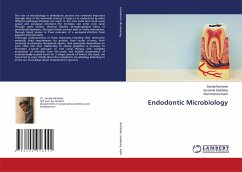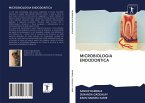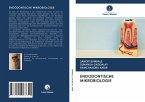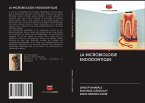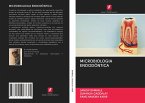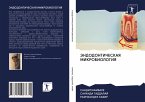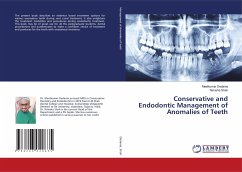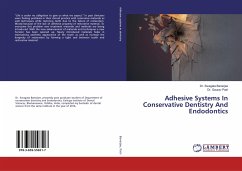The role of microbiology in endodontic practice has remained important through most of the twentieth century. It helps us to understand by what different pathways microbes can reach to the root canal and could cause pulpal and periapical infections. The microbes can enter root canal through open cavities, dentinal tubules, through gingival sulcus or periodontal ligaments, through broken occlusal seals or faulty restorations, through blood stream or from extension of a periapical infection from adjacent infected teeth.Thorough understanding of these organisms, including their destructive potential, their requirements for growth, their routes of entry, their sensitivity to pharmaco-therapeutic agents, their synergistic dependence on each other and their relationship to clinical symptoms is necessary to formulate a sound approach to root canal therapy with complete eradication of microbes from the canals and healthy preservation of endodontically treated teeth for a longer period oftime.In this book, we have tried to cover briefly about the endodontic microbiology intending to enrich our knowledge about endodontics in general.
Bitte wählen Sie Ihr Anliegen aus.
Rechnungen
Retourenschein anfordern
Bestellstatus
Storno

